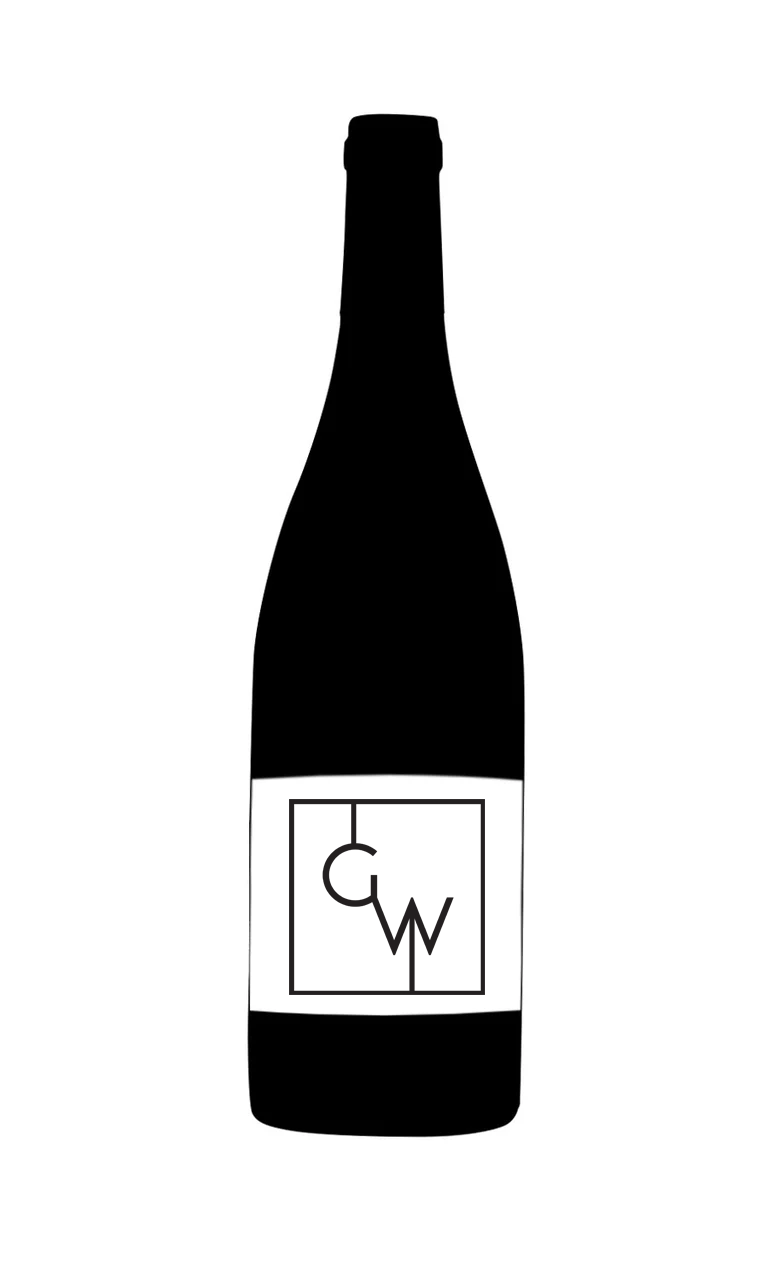Producer
Bollinger
Champagne Bollinger was founded in 1829 by Jacques Joseph Bollinger and his colleague at the time Paul Ranaudin. Together they formed Renaudin Bollinger and it was over 100 years or so later that the house dropped the Renaudin name. The most famous Bollinger was Lily Bollinger who ran the house from 1941 until 1977. She succesfully expanded the vineyard area as well as being the origin of one of the most famous Champagne qu...Read more
Champagne Bollinger was founded in 1829 by Jacques Joseph Bollinger and his colleague at the time Paul Ranaudin. Together they formed Renaudin Bollinger and it was over 100 years or so later that the house dropped the Renaudin name. The most famous Bollinger was Lily Bollinger who ran the house from 1941 until 1977. She succesfully expanded the vineyard area as well as being the origin of one of the most famous Champagne quotes of all time: "I drink it when I'm happy and when I'm sad. Sometimes I drink it when I'm alone.When I have company I consider it obligatory. I trifle with it if I'm not hungry and I drink it when I am. Otherwise I never touch it, unless I'm thirsty." Bollinger is still 100% family owned today. 70% of its grape supply comes from its own vineyards and on average 80% of the grapes come from Premiers and Grands Crus in Champagne. To ensure the consistency and continuity of the style, Bollinger adds to the blend a maximum of 10% of Reserve wines to ensure that their commitment to excellence is maintained. The blend consists on average of 60% pinot noir, 25% chardonnay and 15% pinot meunier, harvested from 30 different villages in Champagne. 80% of the harvest is barrel-fermented with the wines being kept on their yeast lees for an extended period of time.Read less





